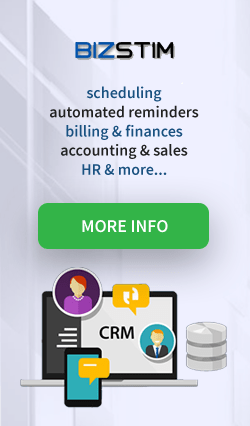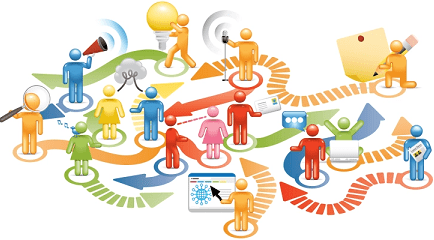
Cost accounting is an essential aspect of managerial decision-making. It provides a comprehensive understanding of the true cost of borrowing and the financial implications of high APR.
Unlike the nominal interest rate, cost accounting takes into account various prices levied by lenders, such as origination fees and points. By understanding cost accounting, you can make better financial decisions by prioritizing options with lower activity-based pricing (APR's), taking advantage of low APR's, and comparing APR's of different financial products.
Moreover, cost accounting plays a crucial role in managing budgets, assessing the cost-effectiveness of integrating with certain financial services like Zelle, and providing alternative money transfer options. It is a complex field that requires meticulous planning and expert engineering to ensure accurate financial analysis and decision-making.
Cost Accounting Methods and Techniques
Cost accounting utilizes a range of methods and techniques to analyze and track costs in various industries and organizations. These methods are crucial for allocating costs to specific products, services, or activities, providing valuable insights into profitability and cost efficiency. Some commonly used cost accounting methods include:
- Job Costing: This method helps businesses track costs for specific projects or jobs, allowing for accurate cost estimation and resource allocation.
- Process Costing: Ideal for industries with continuous production, process costing calculates the average cost per unit by dividing total costs by the number of units produced.
- Activity-Based Costing (ABC): ABC assigns costs based on the specific activities that drive those costs, providing a more accurate view of the resources consumed by each activity.
- Standard Costing: This method involves setting predetermined standards for costs, allowing businesses to compare actual costs against these standards and identify areas for improvement.

In addition to these methods, cost accounting employs various techniques to analyze and control costs. Cost-volume-profit analysis helps organizations understand the relationship between costs, volume, and profits, enabling effective decision-making. Variance analysis compares actual costs to standard costs, identifying any deviations and enabling businesses to take corrective actions. Budgeting, another cost accounting technique, aids in planning and control by setting financial targets and monitoring actual performance against those targets.
Cost accounting systems play a crucial role in collecting and analyzing cost data. Job order costing systems allocate costs to specific orders or jobs, providing detailed cost information for each project. Process costing systems are used in industries with continuous production, where costs are averaged across similar units. By utilizing these systems, businesses can estimate costs accurately, make informed decisions, and manage expenses efficiently.
Importance of Cost Accounting Methods and Techniques
By implementing various cost accounting methods and techniques, organizations can optimize their cost structure, enhance financial performance, and gain a competitive edge. These tools provide valuable insights into the true costs of products, services, or activities, helping businesses make informed decisions about pricing, cost control, and resource allocation. With a sound understanding of cost accounting methods and techniques, businesses can improve their financial management, maximize profitability, and achieve their strategic goals.

Cost Accounting vs Financial Accounting: Understanding the Differences
Cost accounting and financial accounting are two distinct branches of accounting that serve different purposes. While financial accounting focuses on providing external stakeholders with a comprehensive view of an organization's financial position and performance through financial statements, cost accounting is primarily concerned with internal decision-making and cost analysis.
Cost accounting principles, such as cost control and cost allocation, guide organizations in accurately measuring and reporting costs to facilitate efficient resource allocation and improve profitability. By utilizing cost accounting, businesses can evaluate the financial feasibility of new projects, make pricing decisions, and effectively manage budgets.
One of the advantages of cost accounting is that it enables businesses to identify and analyze cost drivers, which are the activities or factors that directly influence the costs incurred in producing goods or services. By understanding these cost drivers, organizations can optimize their cost structure and allocate resources more effectively.
Do you use cost accounting in your business?








